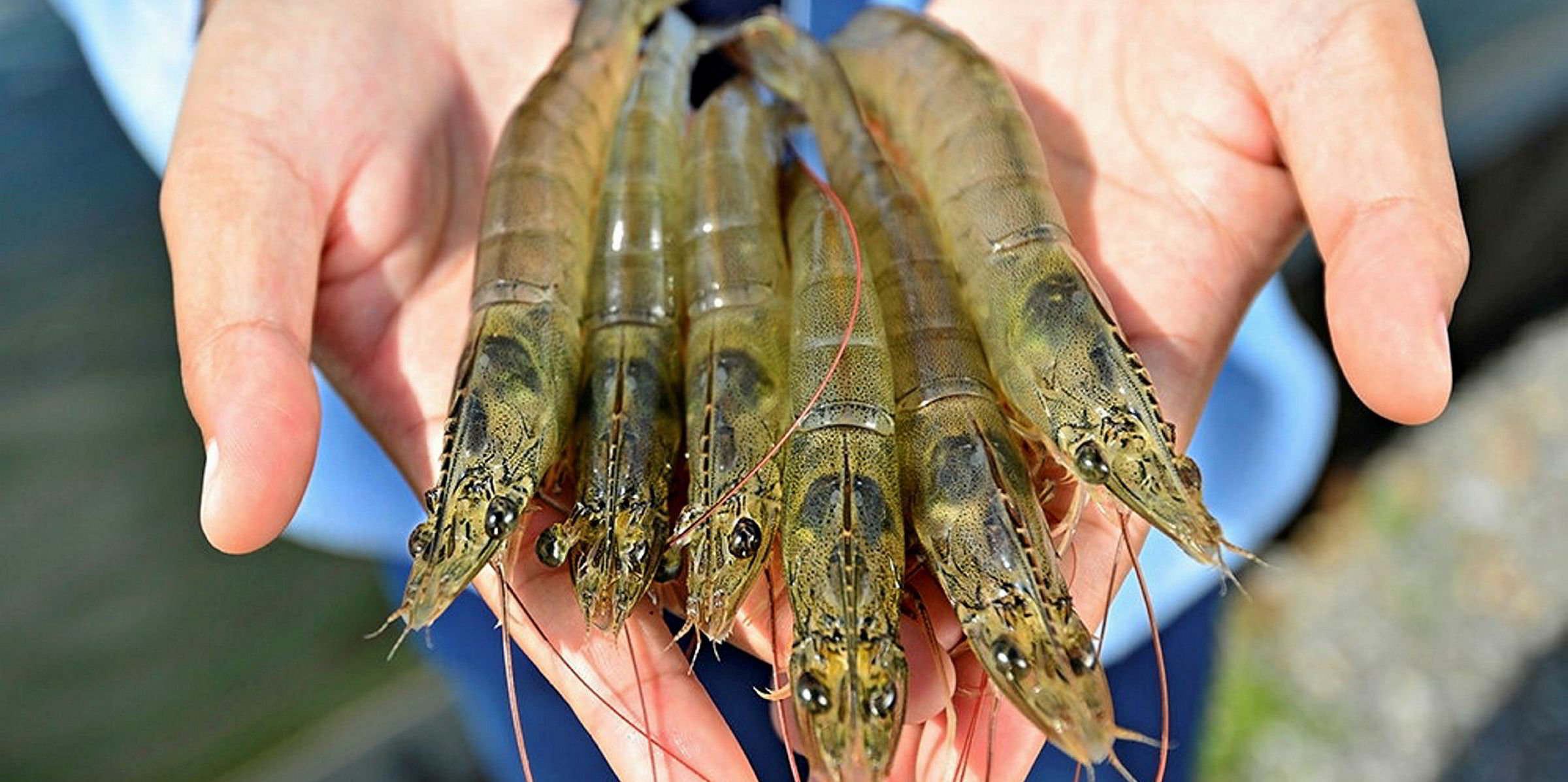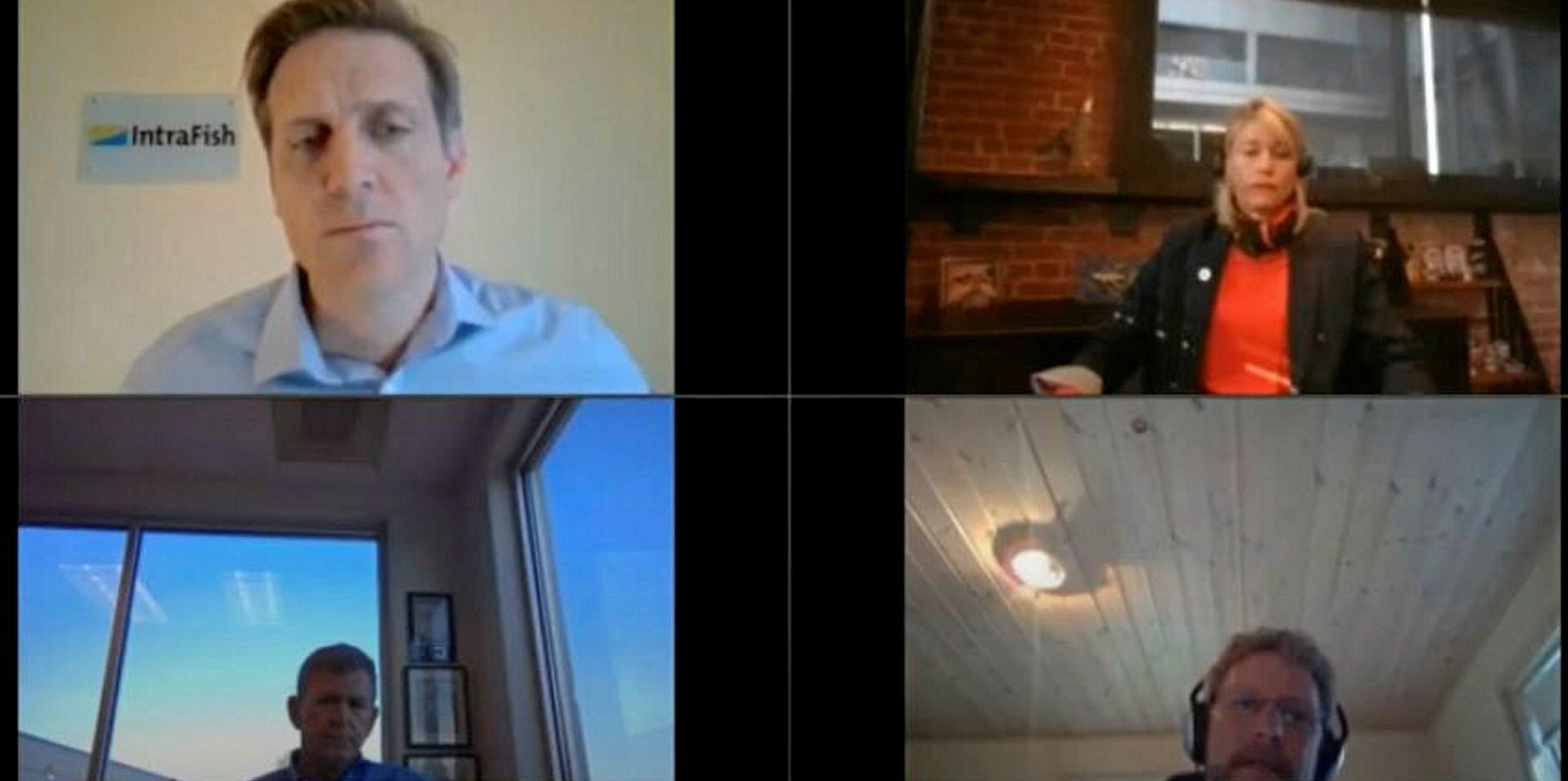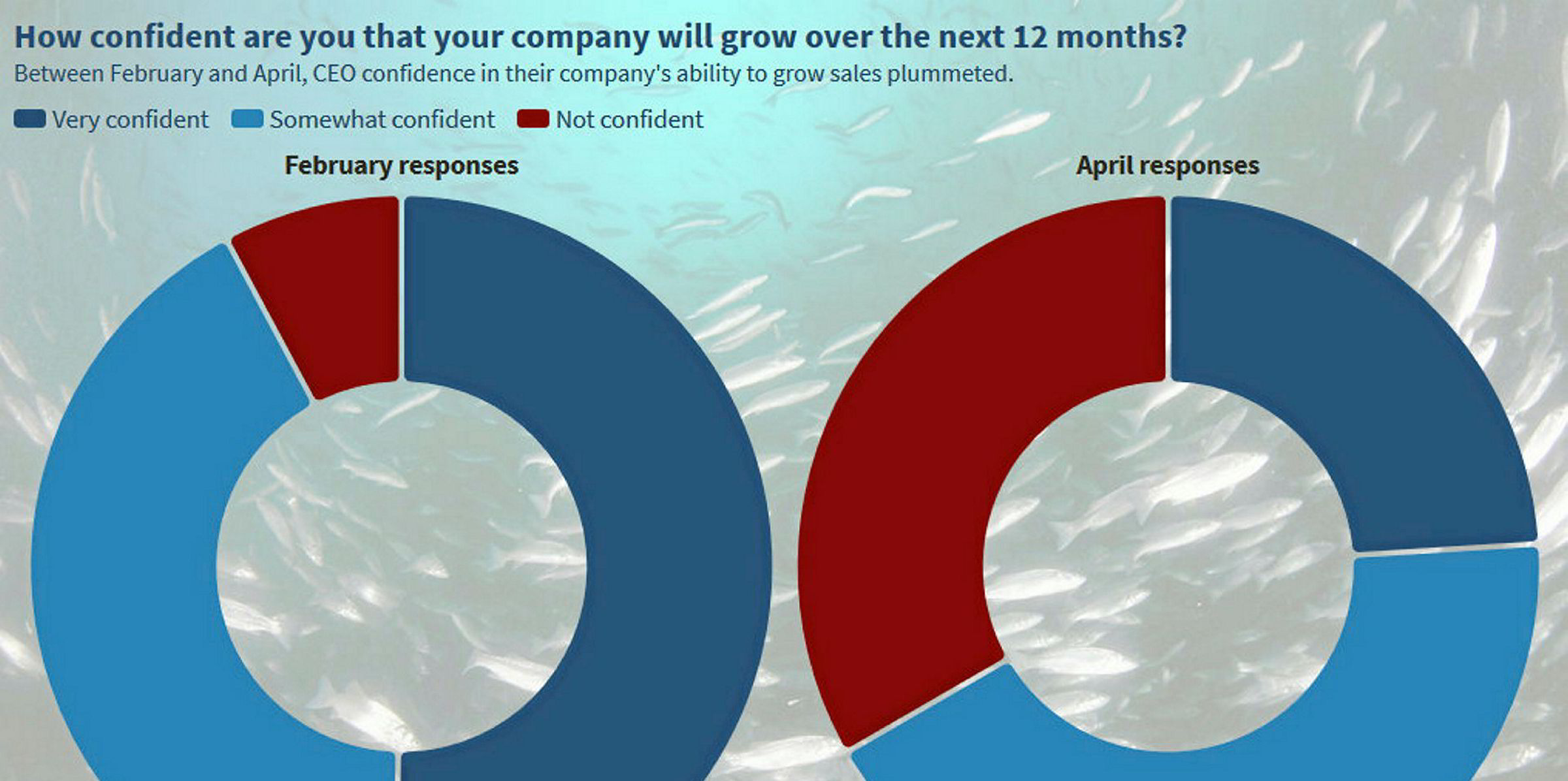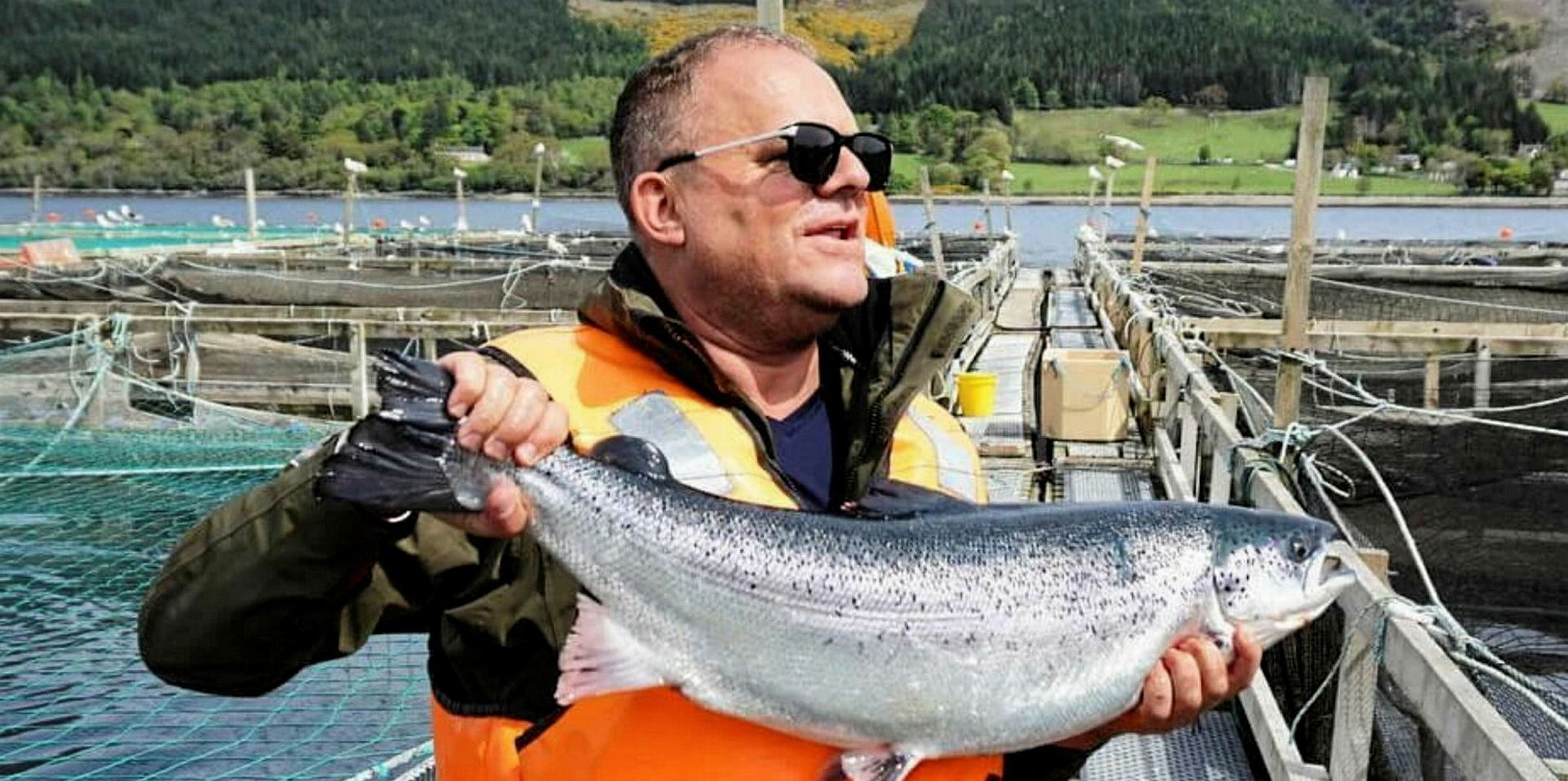Global aquaculture production continues its rapid ascent, hitting a new record high and placing it on track to climb by more than 30 percent over the next decade, according to the newly released United Nations States of Fisheries and Aquaculture (SOFIA) report.
The report, the most definitive roundup of global wild and farmed supply, projects overall aquaculture production -- including both food and non-food uses -- will hit 109 million metric tons by 2030, putting an additional 26 million metric tons of farmed fish into the global supply chain.
Wild fish production is expected to hold steady, the UN estimates, to reach around 96 million metric tons.
Total seafood production is expected to expand from 179 million metric tons in 2018 to 204 million metric tons in 2030.
Seafood consumption worldwide in 2030, meanwhile, is projected to be 18 percent higher than in 2018, hitting a per capita level of 21.5 kilograms.
--
[Click here to download the FAO SOFIA report summary (PDF)]
--
The SOFIA report is released every two years, and in addition to forward projections, calculates output through the 18 months prior.
Overall seafood production in 2018 climbed to 178.5 million metric tons, a rise of 3.4 percent over 2017, once again driven primarily by aquaculture, though growth rates have slowed slightly, the result of a slowdown in China, the world's largest farmed fish producer by far.
Per capita consumption grew to 20.5 kilograms in 2018, a 4.1 percent rise over five years ago. Seafood provided 3.3 billion people with almost 20 percent of their average per capita intake of animal protein, according to the UN.
This year's report showed aquaculture production rose 3.3 percent in 2018, to a record level of 114.5 million metric tons, worth $263.3 billion at farmgate.
Of that figure, 156.4 million metric tons was production for human consumption, a rise of 2.3 percent from the year prior.
Wild fish production also showed a continued climb, and hit new record of 96.4 million metric tons, up over 3 percent from the year prior.
Aquaculture continued to make up the slight overall majority of seafood consumption at 52 percent.
Of the overall seafood production for food use, per capita consumption grew to 20.5 kilograms in 2018, a slight rise from 2017 but a 4.1 percent rise over five years ago.
UN figures showed the seafood sector continues to be a massive source of global livelihoods, with 59.5 million people engaged in primary fisheries or aquaculture production.
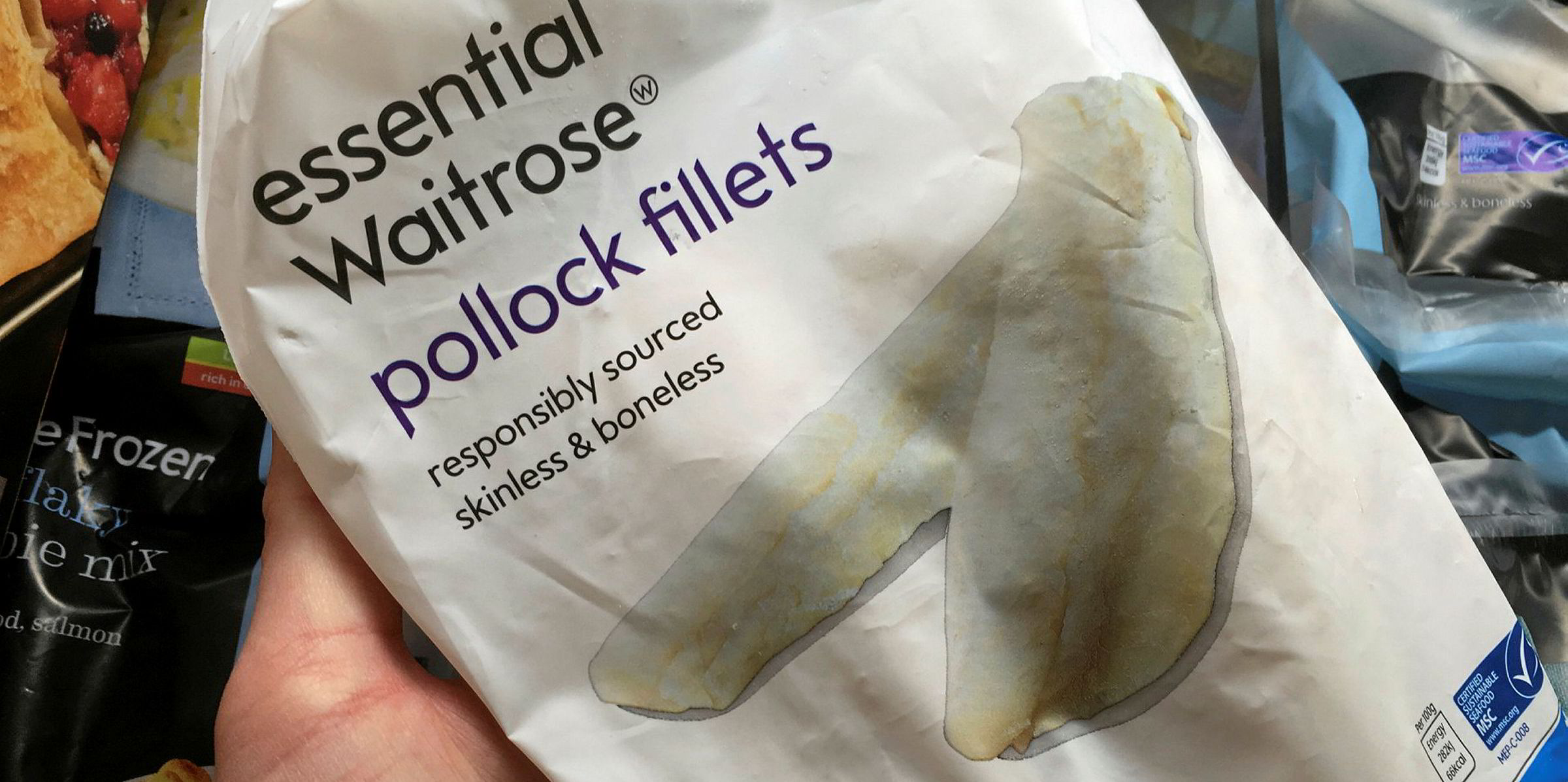
IntraFish will be bringing together top executives from the global whitefish harvesting, processing and marketing sector to discuss the future of the industry in an uncertain time. Register today to reserve your place!
---
Looking for a more in-depth look at the global aquaculture sector? A newly released 152-page Business Intelligence report 'World's Top Aquaculture Producers' offers a deep dive into the evolving landscape of the fish farming industry, from top producers and exporters to innovators and importers. Get a free sample copy today.
